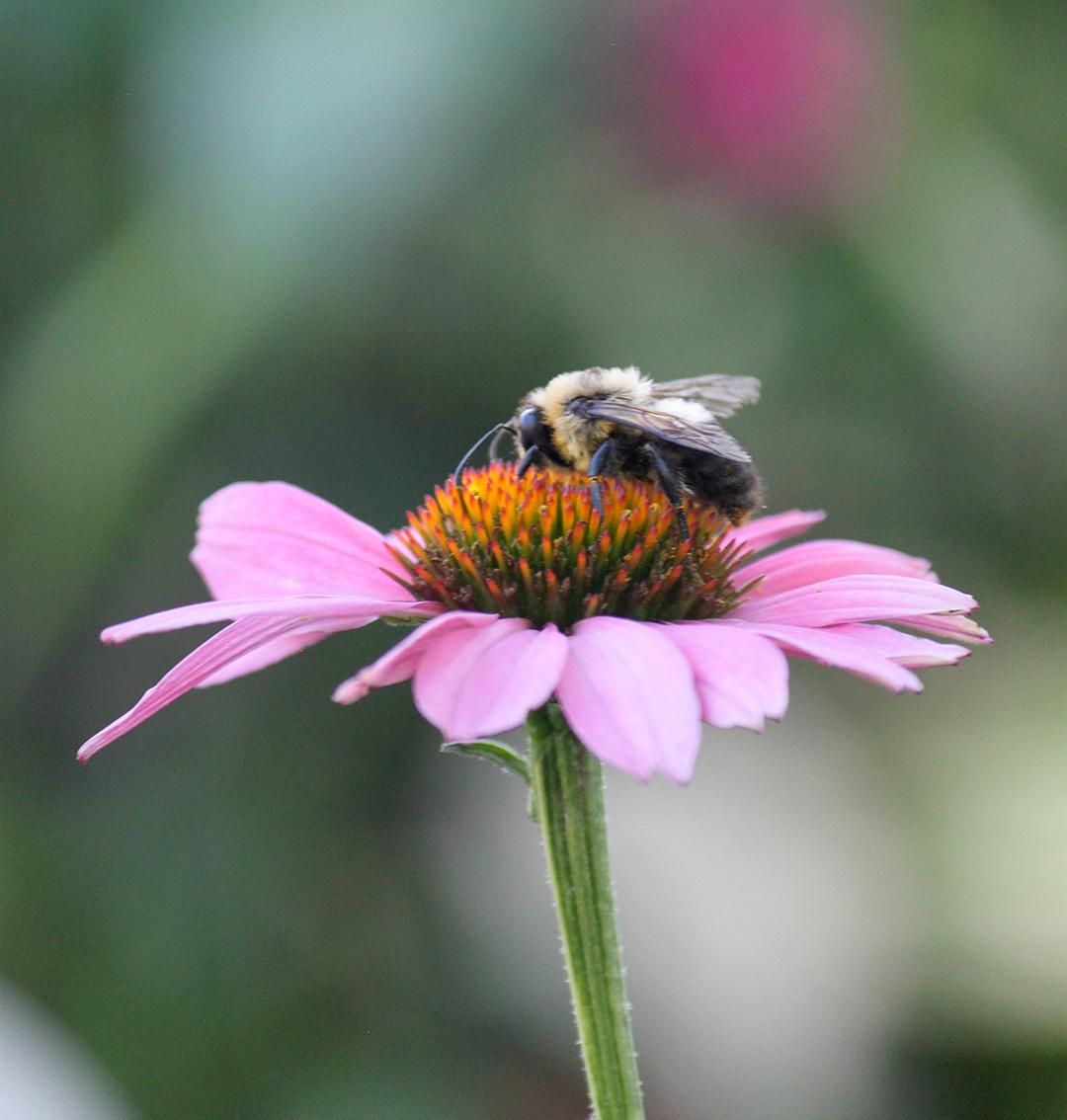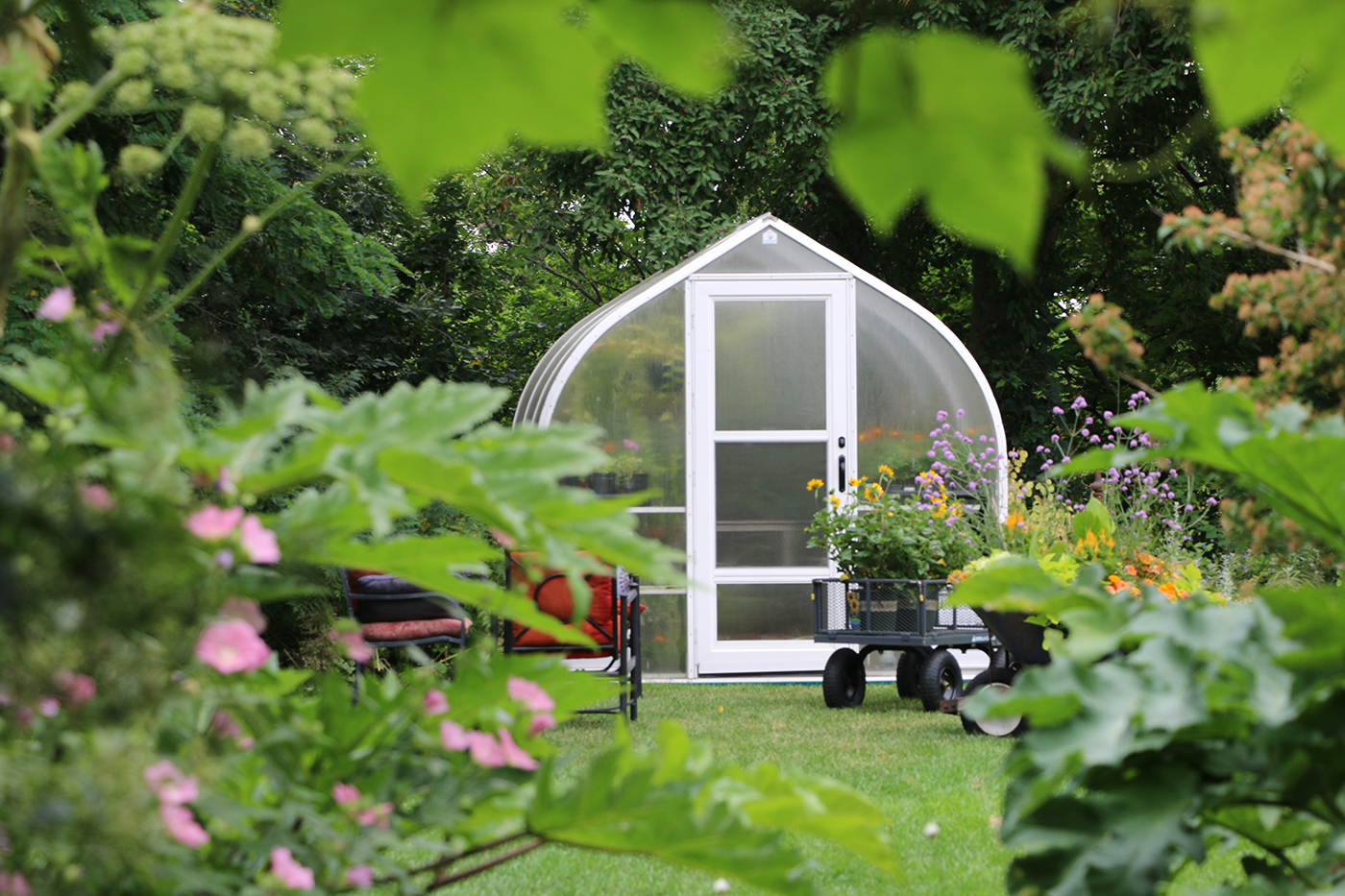I’ve always thought of gardening as an adventure… a chance to try new things from one season to the next. On the lighter side of changing things up in the past, I used to look to the big overflowing flower pots on my deck, swapping out the varieties of plants or the mix of colors.
This year feels like I need to do something bigger. More and more, I’m drawn specifically to plants and practices that work closely with nature. As Colorado’s drought and heat waves continue, my heart senses that we all need to think well beyond just beauty when deciding what to grow and how to grow it. What if our gardens were a part of the solution for our state?
Creating Beauty & Inviting Change
There are many ways to have a beautiful Colorado garden and to still recognize that water has become a crucial issue for our landscapes and our budgets. Whether you’re comfortable with the terms water-wise, drought-hardy, or xeriscape, it’s time we begin reimagining our gardens to be beautiful and sustainable at the same time.
Note: Craig Miller, one of Tagawa’s favorite guest teachers, continues his series of free weekend classes on xeriscape this Saturday at 11:00 am at the garden center.
Step 1: Create a Plan
Use your imagination (or your brother-in-law’s drone… ) and look down on your property with an analytical eye. Make a written site plan showing your house’s footprint, including any decks, patios, fences, sidewalks and driveways. Draw in large trees or existing shrubs and even slopes that can impact things like sun, shade, and drainage.
Step 2: Get to Know Your Soil
For many of us, the term “Colorado clay” is usually said with a disgruntled sigh. Most of the soil along the Front Range is heavy and dense. It doesn’t absorb water easily and can be a big challenge for gardeners. There are also some areas (Aurora, most notably) that have sandy soil that lets water just drain away.
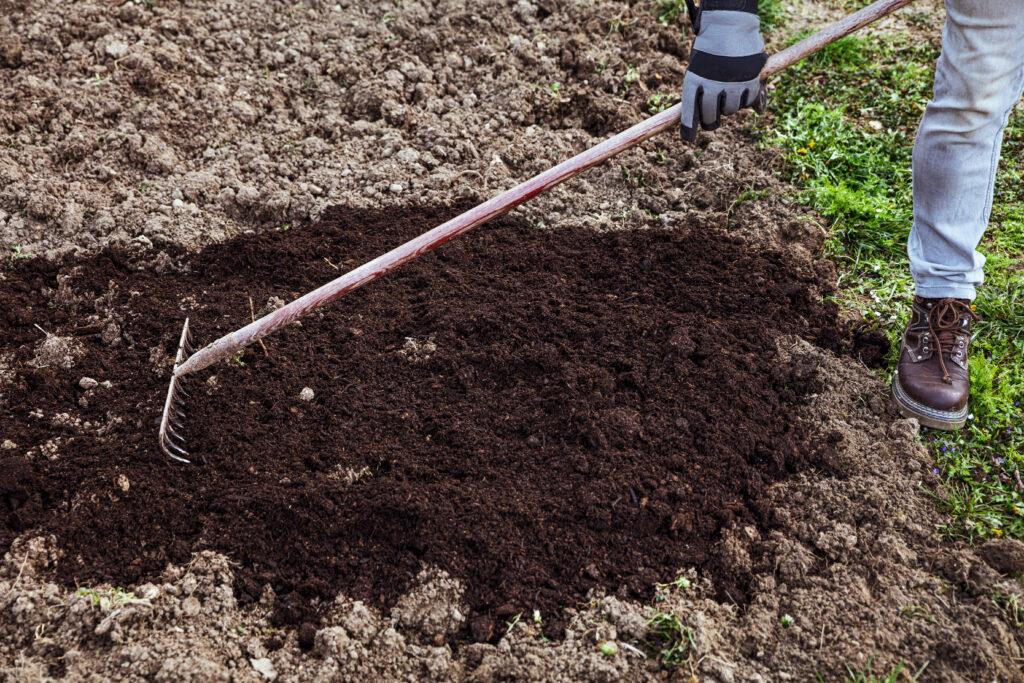
The best way to improve both types of soil is with compost. One or two inches of compost worked down to the root zone (six to eight inches deep) can help improve the soil and make it more plant-friendly.
Plants native to Colorado are generally adapted to our native soils and shouldn’t need amendments like compost if grown in garden settings like their natural environment.
Step 3: Make Your Water Count
As we’ll soon see in step five, plants in a water-wise garden need varying amounts of irrigation. Decide how you will deliver water to various sections of your garden in the amounts of water those plants need. To be efficient, irrigation should be tailored to the needs of those particular plants.
It’s important to remember that for the first two or three seasons, most water-wise plants will need ongoing irrigation. Deeper but less frequent watering encourage plants’ roots to grow further into the soil where they’ll be protected from hot, dry weather.
Unless you’re prepared to rework existing automatic irrigation systems, including hose bibs, avoid the headache of planting in areas that will be difficult to water.

Remember, too, that a lot of water can be saved by keeping sprinklers low to the ground with coarse droplets, not fine sprays that evaporate quickly. Drip irrigation delivered at the soil level is an excellent option for perennials, shrubs, and new trees.
However you’re watering your garden, know how much water you’re delivering, and adjust it whenever conditions change. Tagawa’s experienced garden advisors will happily walk you through the basic steps to get the most bang for your watering buck.
Step 4: How Much Lawn Do You Actually Use?
Over the course of a year, roughly half of our domestic water use goes to our yards and gardens – and a full 30% of our overall use has been going to our lawns. Millions of gallons of water that’s been treated to be clean enough for us to drink is what we’ve been using to keep our grass green. Think about the financial and practical cost of that!
Having a sustainable landscape doesn’t mean you can’t still have some turf grass, but how much of your lawn do you actively use? It’s important for kids and pets to have a place to play in the backyard, but there’s a reason lawns are increasingly the target of efforts to reduce how much water our landscapes need. Aurora and Castle Rock now ban or severely restrict the installation of front yard lawns in newly-permitted homes.
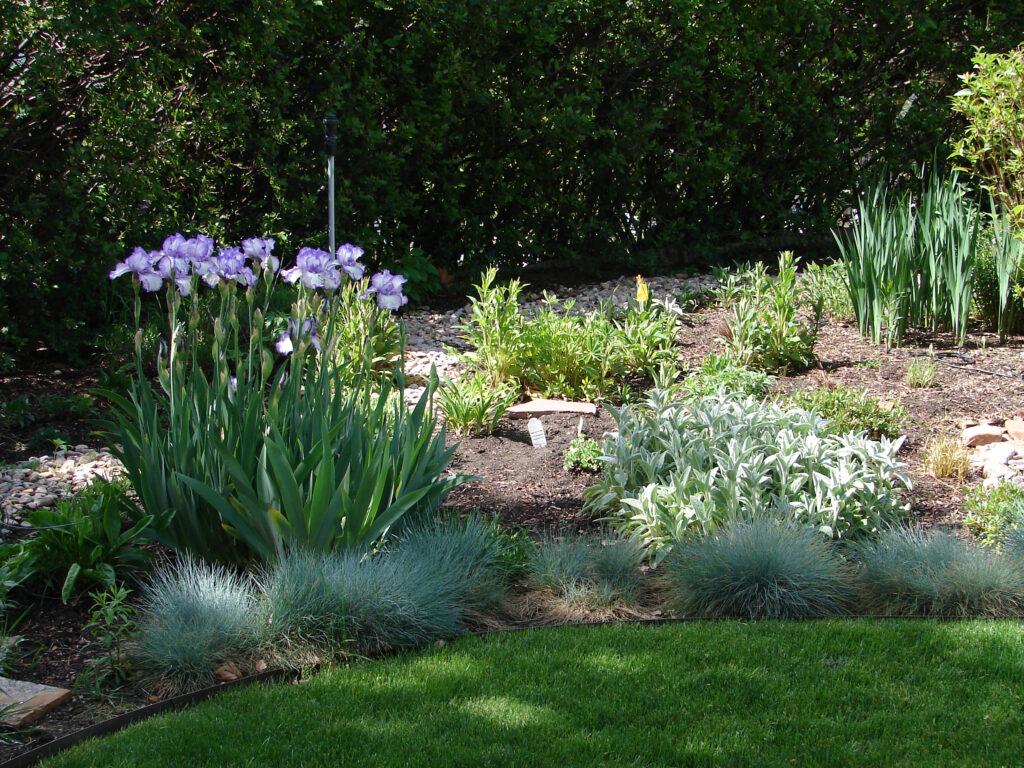
As we rethink our turf, why not consider shrinking that big backyard lawn by creating gently curving borders with colorful less thirsty plants while still leaving a welcoming place for kids and pets to tumble and play? It could certainly be a good start in stretching your water and your watering dollar much further.
Step 5: Choose Water-Wise Plants
In an effort to think and garden more sustainably, it’s essential to remember that this is Colorado! Many plants that are right at home in other parts of the country struggle to grow in our state, and we shouldn’t force them by pouring on liquid gold of water. Fortunately, hundreds of plants can thrive in this semi-arid setting, where the sunshine nourishes beautiful flowers and the low humidity often limits disease and insect problems.
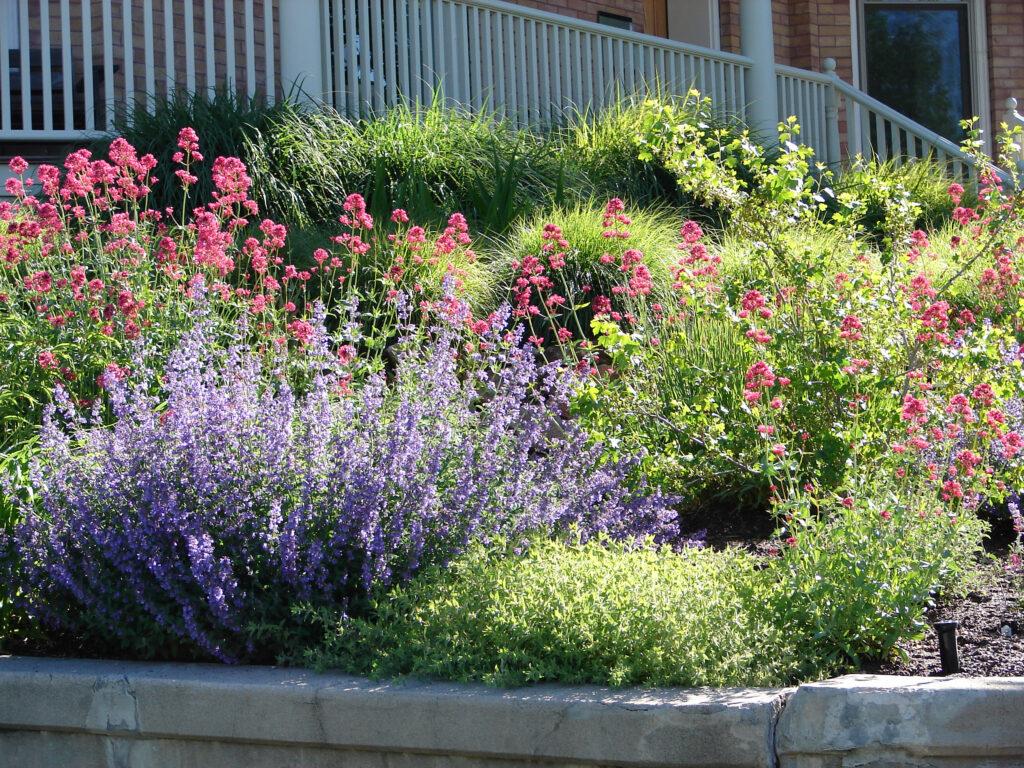
If you choose plants that require more water, plant them close to your deck or patio where they can create a sense of “oasis.” For beds farther away from your outdoor living areas, focus on plants that will be more drought-tolerant once they’re established, meaning they’ve been in the ground for at least two seasons and have developed deeper root systems to help them thrive.
If you’re not familiar with the Colorado-based Plant Select program, you should be! Go to their website, for great pictures and information on the Colorado-friendly plants they promote. Tagawa’s always carries dozens of these “road-tested” options for drought-hardy gardening.
Choosing water-wise plants well-suited to this area rather than fussy, water-hungry plant, will save you time, money and resources. Frankly, it just makes sense to this Colorado native, born and bred.
Steps 6 & 7: Mulch & Maintenance
Mulch is a gardener’s friend when it comes to conserving water and keeping plants healthy. Two to three inches of organic mulch, like wood chips or shredded bark, will help hold moisture in the soil, keep a plant’s roots cool and discourage weeds. It also gives a garden a beautiful, finished look.
Additionally, mulch provides the soil with a nice blanket that protects those very important critters below the ground. Worms love the extra cover, and as a bonus, they work hard to produce free fertilizer for your plants!
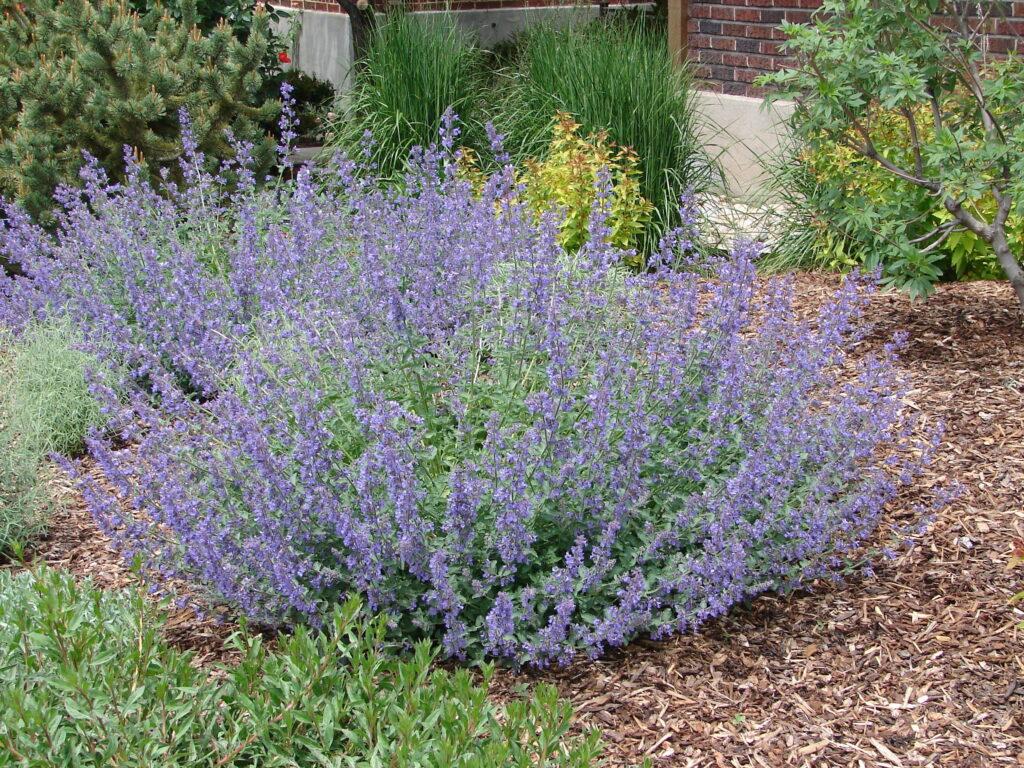
Pea gravel can have similar water-saving benefits in some contexts and is often used around certain plants like succulents that don’t like having moisture held near the crown of the plant.
Even the most Colorado-friendly landscapes will need some maintenance, such as pruning and seasonal cleanup. You’ll also want to monitor your plants for insects and disease, although water-wise plants generally have fewer pest problems than other, thirstier plants that have lots of tender growth.
Sometimes, Small Bites Are Best
Rethinking our gardens is often one of those projects that’s best taken in small bites. Re-doing an entire yard all at once can be overwhelming. Pick your priorities and start there. Maybe it’s reducing the size of your lawn by removing turf and creating mulched borders that you can plant and complete as time and budget allow. Or maybe you start by pulling out plants that have always been a headache to maintain because they just don’t belong here.
Whatever path you choose, Tagawa Gardens has your back with advice, encouragement, and plants that will help you create a resilient Colorado landscape that thrives.
